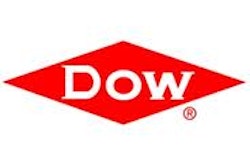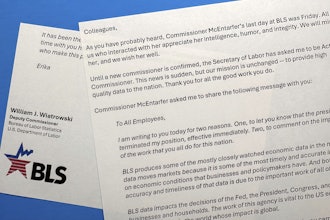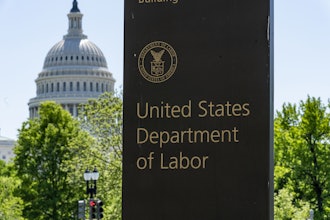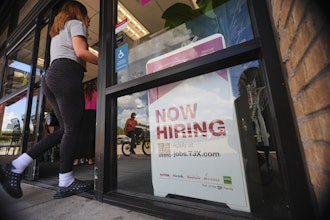Do you find yourself wondering how to better improve productivity by reducing and more efficiently tracking employee absences? If not, you should be. The answer to this crucial question is the key to giving your company an edge. Surely you have noticed there are a few employees who seem to abuse time off. In fact, whether you know it or not, you likely have supervisors who inadvertently (or even purposely) fail to accurately track employee no-shows, tardiness, sick time or other absences, including the reasons therefore. Quite often, employers find themselves in a sloppy mess of poorly tracked call-ins and FMLA leaves, significantly increasing costs and hurting the bottom line. Fortunately, there are some simple solutions to dramatically reduce the costs of your company’s absenteeism:
- Institute simple, consistent call-in procedures that are immune to tracking errors. It sounds simple and, in this case, simple is the way to go. Employees want a simple, fast way to report an absence and employers want to receive that information in a simple fashion without possible manipulation. According to the 2013 ERC FMLA Practices Survey, proper and unbiased “tracking” was the number one challenge for 40 percent of the participants. In this regard, there are attendance tracking systems out there that offer the employee a convenient way to notify an employer of an absence via a third party website and/or call center. Such systems make it easy for the employer to receive/monitor that information. Most of these will also keep accurate track of each employee’s calls, letting supervisors know how often someone calls off, for what reason, and when they will return to work.
- Set and communicate clear attendance policies. Make it clear what is allowed and not allowed, eliminating any possible grey areas. This facilitates swift and fair enforcement, nipping in the bud any problems that arise from a perceived lack of or bending of the rules. When a problem does arise, many companies send memos to the entire workforce. However, from my experience, it is more beneficial to speak one-on-one with the offending employee. There is simply no need to involve the entire team causing unnecessary angst among the majority of employees whose attendance is a non-issue.
- Effectively monitor and track employee absences and use the information. Your initial reaction to this advice is most likely: “we already track our employees’ absences!” Think again. What absence information is being logged and by whom? Obviously, an employee absence tracking system is pointless if the information going in is unreliable. For example, busy supervisors have much more productive ways to serve the company than being interrupted with sick call-ins or stopping in their tracks to log and investigate employee tardiness. Moreover, in many situations, supervisors are in close contact with employees and may even consider them friends. It goes without saying that such internal tracking systems are subject to manipulation and biased reporting.
- Finally, it’s always a good idea to remind yourself and eligible employees of the qualifying reasons for taking FMLA protected leave. With everyone is on the same page, it can ease the awkward discussion when a time off is denied. Make sure the eligible employee’s serious health condition meets the “regulatory definition”. You can refer to the United States Department of Labor website to learn more.
A customized tracking system can program your attendance policy and point procedure into the software so that the call center representative asks the proper questions based on the type of absences you wish to track.
There are many monitoring systems out there, some are strictly cloud based, while other models are live-phone based. Make sure you do your researching and know which type of service you are purchasing. How much money is your company losing every year due to unscheduled absenteeism? One option to consider is working with companies that can provide detailed reports and can be custom configured and accessed by management at any time. These reports can track time, length or reason for call, how often one has called in and various other data configurations management may be looking for.
Lindsey Brown is the Director of Marketing and Sales at Port City Companies located in Port Huron, MI. Port City, founded in 1961, consists of three divisions; a 24/7 call center, fulfillment and shipping services and Accuor — proprietary attendance tracking software.























